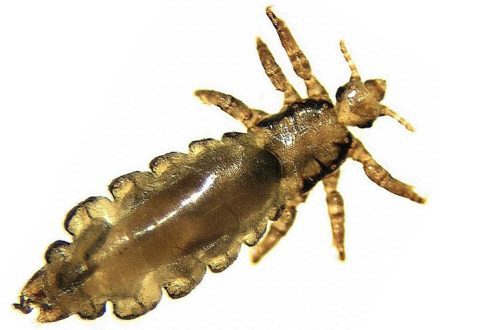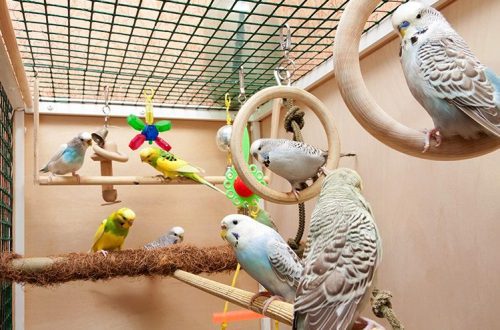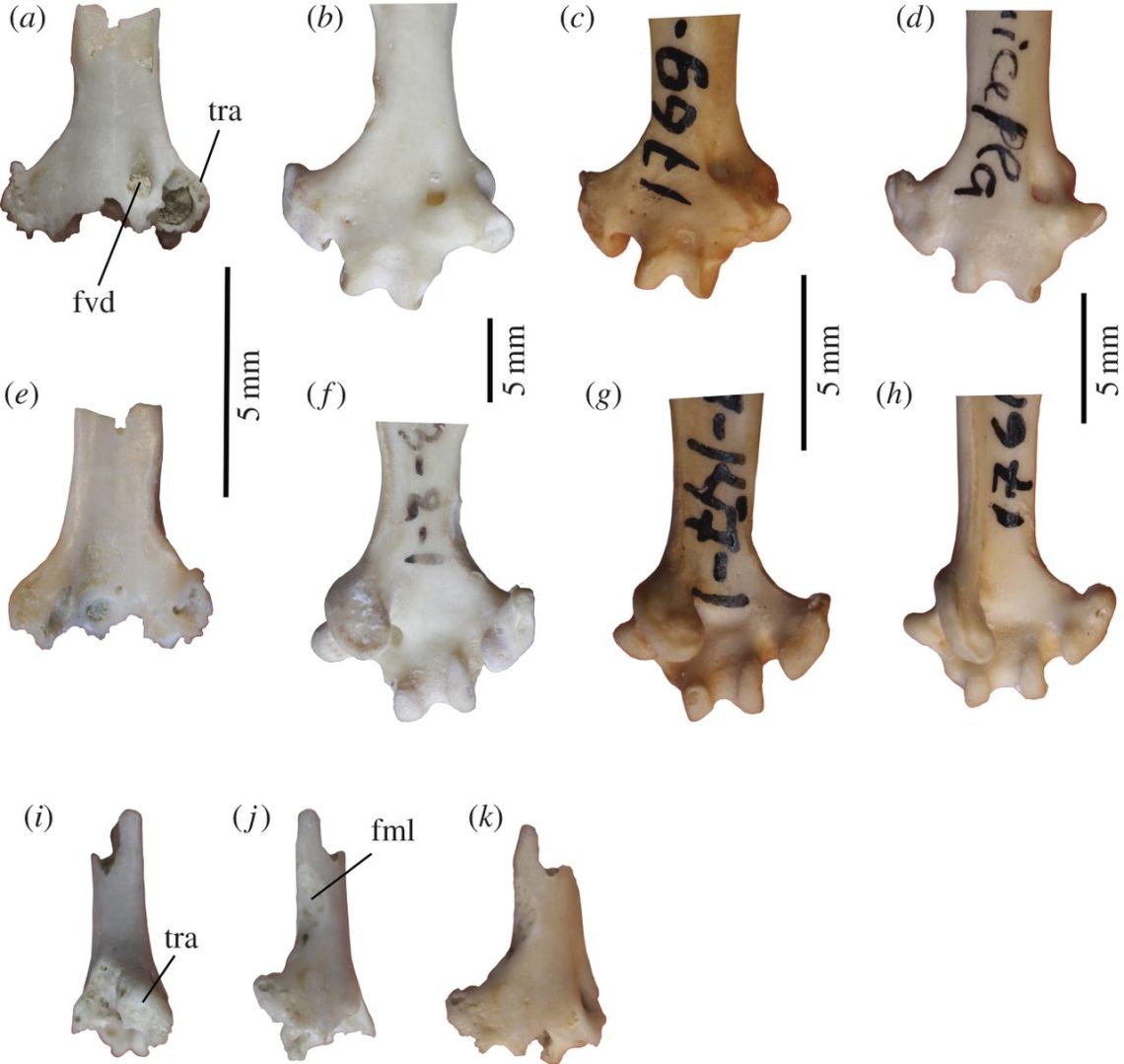
Remains of ancient parrot found in Siberia
As part of a joint expedition of paleontologists from the Irkutsk Institute of the Earth’s Crust SB RAS, Paleontological Institute. A. A. Borisyak of the Russian Academy of Sciences and the St. Petersburg Zoological Institute of the Russian Academy of Sciences, the team managed to find the remains of an ancient parrot in Siberia.
Nikita Zelenkov, researcher, candidate of biological sciences at the Paleontological Institute of the Russian Academy of Sciences, gave a detailed interview to Gazeta.Ru and devoted journalists to the consequences of the discovery for science.
Thanks to the support of the Russian Foundation for Basic Research, paleontologists had the opportunity to conduct excavations in the Tagai Bay for several years, where, among tens of thousands of other bones and materials, the only parrot bone, the tarsus, was found.
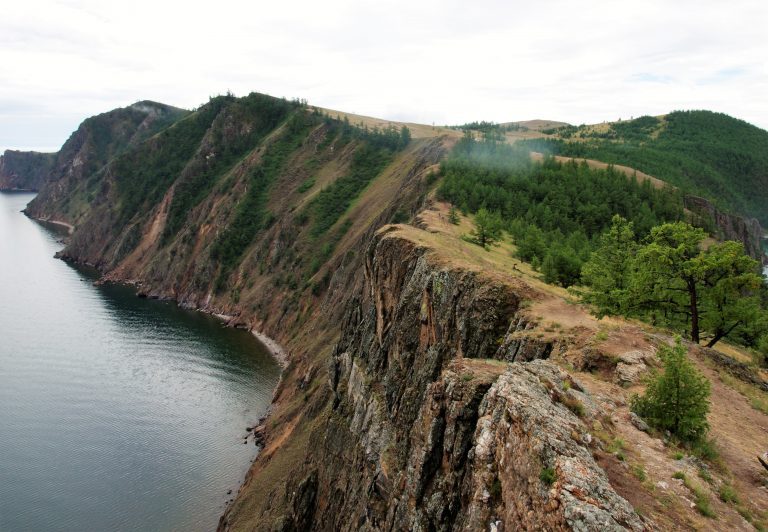
Examining the discovered fragment of the metatarsal bone, paleontologists came to the conclusion that it belongs to a small bird, outwardly very similar to the budgerigar familiar to us. It is expected that further studies of the coast of Baikal will help to study the unusual discovery in more detail.
Comparing the discovered forms of life on the Baikal island of Olkhon with the fauna that lived in Europe and North America, scientists were able to determine the age of the bone – 16-18 million years.
The presence of parrots in Siberia raises a lot of questions, because despite the fact that these are nomadic birds, they would not overcome more than a few tens of kilometers. The conclusion suggests itself that parrots lived much further north than ornithologists assumed.
Millions of years ago, on the site of Lake Baikal, there was a small freshwater lake (progenitor), and judging by the snake-headed fish that could live only in very warm water, the climate of this area was close to subtropical.
18 million years ago, the territory of Siberia and Asia was covered with subtropical forests and shallow freshwater lakes, and in addition to anchiteria (ancient horses resembling ponies), rhinos, parrots could well live in a similar climate. At the same time, they inhabited North America where they could be, using the Bering Isthmus, which helped to migrate different groups of vertebrates.
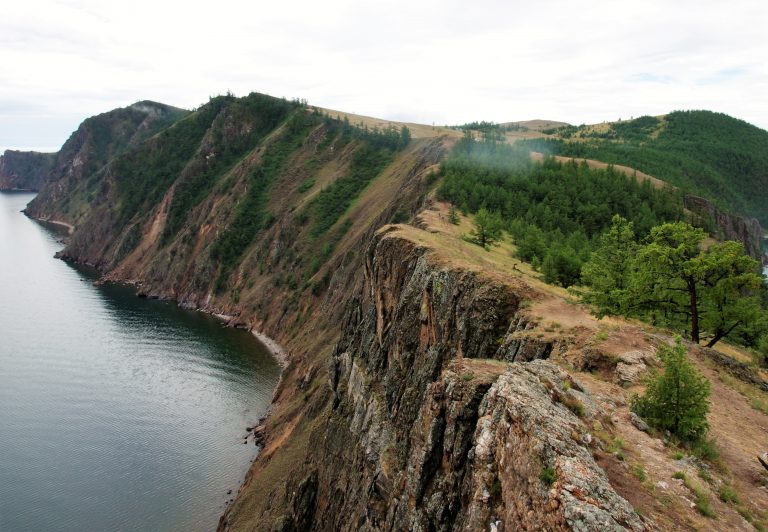
For the scientific world, such a find may indicate that the interpretation of the territorial settlement of the parrot genus of our time – in past eras, may be an erroneous direction.
The version that ancient birds migrated to the corners of our planet that were comfortable for them only using the warm southern islands was not the only one – Asia and the entire territory of Eurasia could also be home to ancient parrots.
Such discoveries force us to take a fresh look at the very origin and evolution of the parrot species as a whole.



